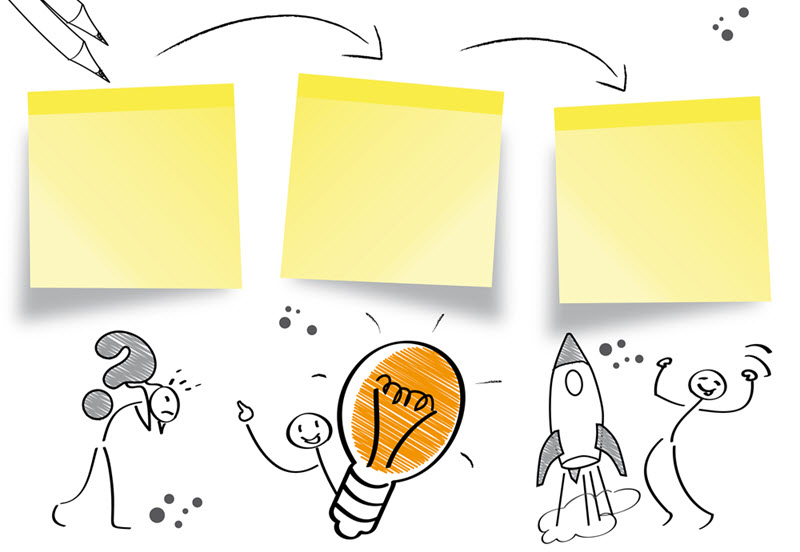
19 Feb Reading is a process. So what’s missing?
Many teachers observe that their students are good decoders of text, but they just can’t comprehend it. So what’s going on? Reading comprehension is comprised of underlying skills working together in unison. When one of those parts is underdeveloped or inefficient, students struggle to understand the meaning of what they are reading.
The complex interactions between word recognition, vocabulary and comprehension are intertwined. For some readers, there may be gaps in their ability to process text quickly and accurately. Others lack word knowledge and inferencing strategies to glean the meaning of new words from context clues. Approaching reading intervention in a holistic manner by layering these skills together can “fill in the blanks” to significantly improve outcomes for struggling readers.
Efficient word recognition
Students who have not “automatized” the process of word recognition need to use inefficient working memory to process both the words and their meaning. The brain is a limited-capacity processor, so by “overlearning” words and phrases, we can free up cognitive space for meaning. Practicing word and phrase recognition as a pre-reading activity for a text can help to ensure that slow, effortful processing won’t hinder comprehension.
Categorization and recall
The ability to categorize words is a frequently underdeveloped skill in below-level readers. In particular, students with language disorders find it difficult to organize and remember words. Learning new words by using visual aids such as graphic organizers enables comprehension and retention, creating a better “file system” for later recall. For example, students in BrightFish Reading use graphic organizers to sort synonyms and antonyms for keywords from the text. They can use an online dictionary and elimination strategies to improve their accuracy.
Making inferences
Students who struggle with reading comprehension often have difficulties making inferences. This affects both their ability to use comprehension strategies and apply context clues to infer the meaning of new words. Structured practice in word usage for keywords in a text, along with explicit instruction and positive and corrective feedback, increases understanding and confidence in learning new words.
The final layer: Comprehension
The end goal of reading instruction is to help students develop efficient, purposeful comprehension that can be applied across all subject areas. Layering underlying skills in word recognition and vocabulary knowledge helps students to improve their comprehension. Using text deconstruction and a sequential, scaffolded process, students move from words to phrases to paragraphs and longer passages, building as they go and working with text in an active, mastery-learning process.



No Comments